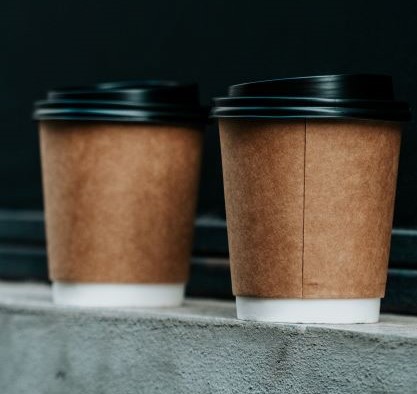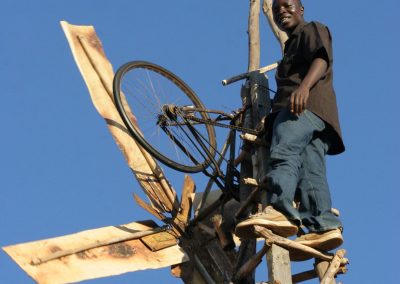Overview
In this activity, students investigate two different types of cups to determine which one keeps liquids warmer longer.
For the full unit, supporting documents and videos, visit 6th Grade Science Thermal Energy – OpenSciEd
NB Curricular Connections
Science 7
- Strand: Scientific Literacy – Big Idea: Sensemaking – Skill Descriptor: Analyze and interpret qualitative and quantitative data to construct explanations and conclusions.
What You’ll Need
- A regular cup
- A fancy coffee cup
- 2 thermometers
Instructions
- Discuss these questions:
- Why does the drink in the regular cup warm up?
- How could the fancy cup keep the drink from warming up?
- Write this claim at the top of a new page in your science notebook.
- Claim: The fancy cup works better than the regular cup.
- Below the claim, write down ideas about how you could test the claim and the evidence you want to collect to prove or disprove the claim.
- Be prepared to share your thinking with a elbow partner first, then with the whole class.
- Discuss this question with your class:
- What do we need to do to make this a fair test between the 2 cups?
- Draw a data table in your science notebook following your teacher’s instructions. It will look something like this:

- Record the temperature measurements of the 2 cups after 1 minute.
- Write the title “Cold Cup Test” at the top of your page.
- While you wait for the second measurement, identify what is similar and different about the 2 cups and what this makes you wonder.
- When instructed by your teacher, make visual observations of the outside of the cups and note what you can see and feel with each cup.
- Think about what parts we should include if we want to make a model of the cup systems.
- What are the parts of each cup system?
- What does each part do in the system?
- How do the parts work together to keep a drink cold?
- Draw systems models for the regular cup and fancy cup. Your models should explain how the drink in the regular cup warms up and how the fancy cup could keep the drink colder for longer. Use symbols, color, and words to help you communicate.
- Remember to continue recording temperature data when directed by your teacher.
- Discuss this question:
- What conclusions can we draw from the temperature data?
- When you are at home, look for systems that keep something inside them the same temperature (either hot or cold). Make sure to look for systems that do not use electricity to do their job.
- Turn to your science notebook page with the Cold Cup Test. Look back at the claim and your class data. Claim: The fancy cup works better than the regular cup.
- What conclusions did we come to in the last class? Write those conclusions below your data table in your science notebook. Be prepared to share those conclusions with a partner and then with your class.
Extension Ideas
- Although this is aligned for the Grade 7 Science curriculum it can be used in grades 6 and 8 with some adaptions.
Refection Tool
Global Competencies
Critical Thinking and Problem Solving
Acknowledgments
Activity downloaded from 6th Grade Science Thermal Energy – OpenSciEd




